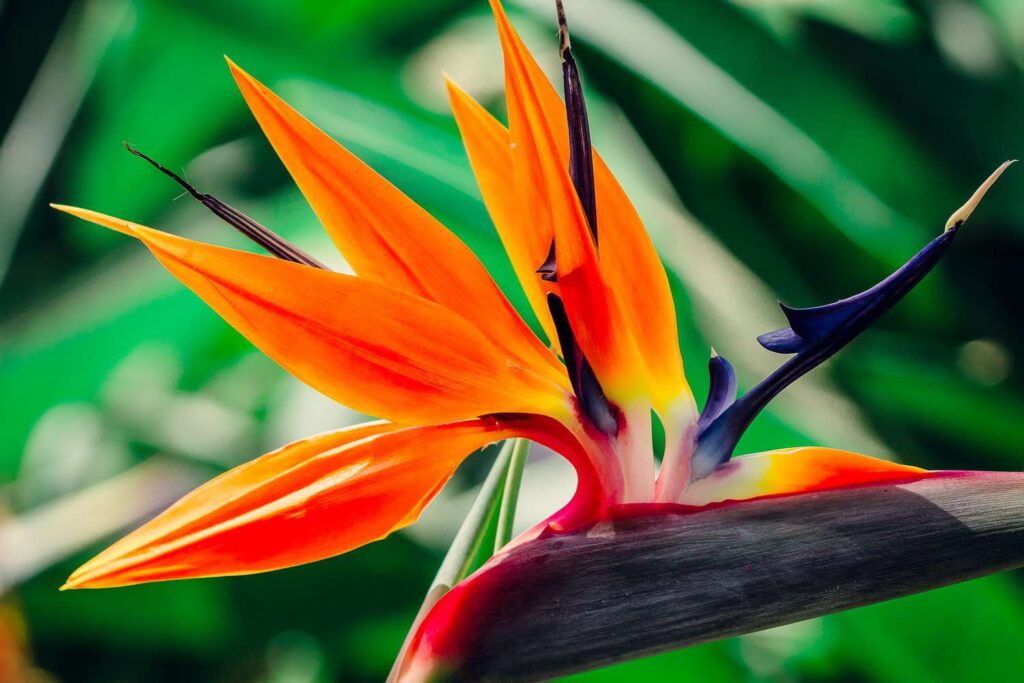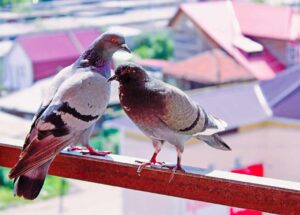
Bird of Paradise plants, with their striking foliage and vibrant blooms, are prized additions to any garden or indoor space. However, achieving optimal blooming can be a challenge for many plant enthusiasts. In this article, we explore the key strategies and techniques to encourage your Bird of Paradise to bloom its best.
I. Introduction
A. The Allure of Bird of Paradise Plants Bird of Paradise plants, known scientifically as Strelitzia reginae, captivate with their unique appearance resembling the plumage of a tropical bird. Their stunning blooms, reminiscent of a bird in flight, add a touch of exotic beauty to any setting.
B. Understanding the Blooming Process Bird of Paradise plants typically bloom in response to specific environmental cues and proper care. Understanding the factors influencing blooming is essential for cultivating healthy plants and encouraging prolific flowering.
C. Importance of Proper Care and Environment Providing the right growing conditions, including adequate sunlight, water, and nutrients, is crucial for stimulating blooming and ensuring the overall health and vitality of Bird of Paradise plants.
II. Selecting the Ideal Location
A. Sunlight Requirements Bird of Paradise plants thrive in bright, indirect sunlight. Position them in a location where they receive at least six hours of sunlight per day, preferably in the morning or late afternoon when the sunlight is less intense.
B. Temperature and Humidity Considerations These tropical plants prefer warm temperatures between 65°F and 70°F during the day and slightly cooler temperatures at night. Additionally, maintaining moderate to high humidity levels, ideally between 50% and 70%, promotes healthy growth and blooming.
C. Protection from Drafts and Cold Bird of Paradise plants are sensitive to drafts and cold temperatures, which can stunt growth and inhibit blooming. Keep them away from air vents, windows, and doors, especially during the winter months, to prevent exposure to chilly drafts.
III. Providing Optimal Soil Conditions
A. Well-Draining Soil Composition Use a well-draining potting mix rich in organic matter, such as peat moss or compost, to ensure proper drainage and aeration for the plant’s roots. Avoid heavy, water-retentive soils that can lead to root rot and other moisture-related issues.
B. pH Levels and Nutrient Requirements Maintain slightly acidic to neutral soil pH between 6.0 and 7.0 to facilitate nutrient uptake and overall plant health. Fertilize Bird of Paradise plants regularly during the growing season with a balanced fertilizer formulated for flowering plants to provide essential nutrients for robust growth and blooming.
C. Repotting and Root Health Monitor the plant’s root system and repot as needed to prevent overcrowding and improve soil quality. Inspect the roots for signs of rot or damage and trim as necessary to encourage healthy new growth and blooming.
IV. Watering and Feeding Techniques
A. Establishing a Consistent Watering Schedule Water Bird of Paradise plants thoroughly when the top inch of soil feels dry to the touch, allowing excess water to drain freely from the pot. Avoid overwatering, which can lead to root rot, and underwatering, which can cause stress and hinder blooming.
B. Fertilizing for Healthy Growth and Blooms Apply a balanced, water-soluble fertilizer every two to four weeks during the growing season, following the manufacturer’s recommendations for dosage and application frequency. Reduce feeding frequency during the winter months when growth slows.
C. Monitoring Moisture Levels and Avoiding Overwatering Check the soil moisture regularly and adjust watering frequency as needed based on environmental conditions and plant growth. Use a moisture meter or insert your finger into the soil to gauge moisture levels and prevent overwatering, which can inhibit blooming and promote fungal diseases.
V. Pruning and Maintenance Practices
A. Removing Dead or Damaged Leaves Regularly inspect Bird of Paradise plants for dead or yellowing leaves and remove them promptly to maintain plant health and appearance. Use clean, sharp pruning shears to make clean cuts and minimize the risk of infection.
B. Encouraging New Growth with Strategic Pruning Prune Bird of Paradise plants selectively to promote new growth and flowering. Trim spent flower stalks and old foliage to redirect the plant’s energy towards producing new blooms and healthy foliage.
C. Pest and Disease Prevention Strategies Monitor Bird of Paradise plants for signs of pests, such as spider mites or aphids, and treat infestations promptly with insecticidal soap or neem oil. Additionally, practice good sanitation by removing fallen leaves and debris to reduce the risk of fungal diseases. Regularly inspect the plant for signs of stress or disease and take appropriate measures to maintain its health and vitality.
By following these expert tips and techniques, you can create an optimal environment for your Bird of Paradise plant to thrive and bloom abundantly, bringing a touch of tropical beauty to your home or garden. With proper care and attention to its needs, your Bird of Paradise will reward you with stunning blooms and lush foliage year-round.



